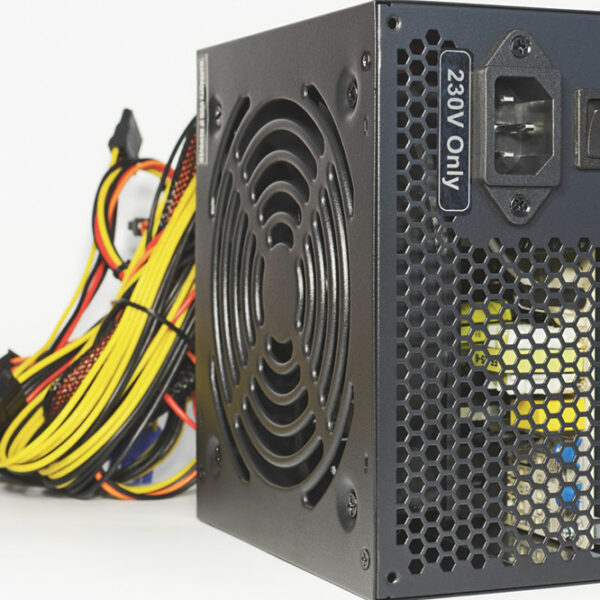
3 questions answered about power supplies
A power supply is an electrical device used to provide electrical supply to electrical loads. For this, it converts the power from an electrical outlet into the requisite current, frequency, and voltage to offer the required load. Power supplies are also called electric power converters, and there are two types: AC and DC power supply. An electrical device may use either one of these based on its electric specifications. Here’s what you need to know about power supplies. What do power supplies do, and how do you choose one? Power supplies may have to alter the voltage and increase or decrease it, regulate the power, or convert power to direct current. Power supplies can also be connected in series to provide a higher voltage. The function helps you pick the right kind of power supply for your electrical needs, so consider the following things before choosing one: Ensure that the continuous wattage meets your requirements to avoid facing issues when your PC is running a full load. Don’t worry about using more power just because you’re buying a higher-rated power supply. A power supply loaded with additional features will cost you more than you probably need to spend, but choosing a device that doesn’t have the necessary features can damage the devices you power with it.
